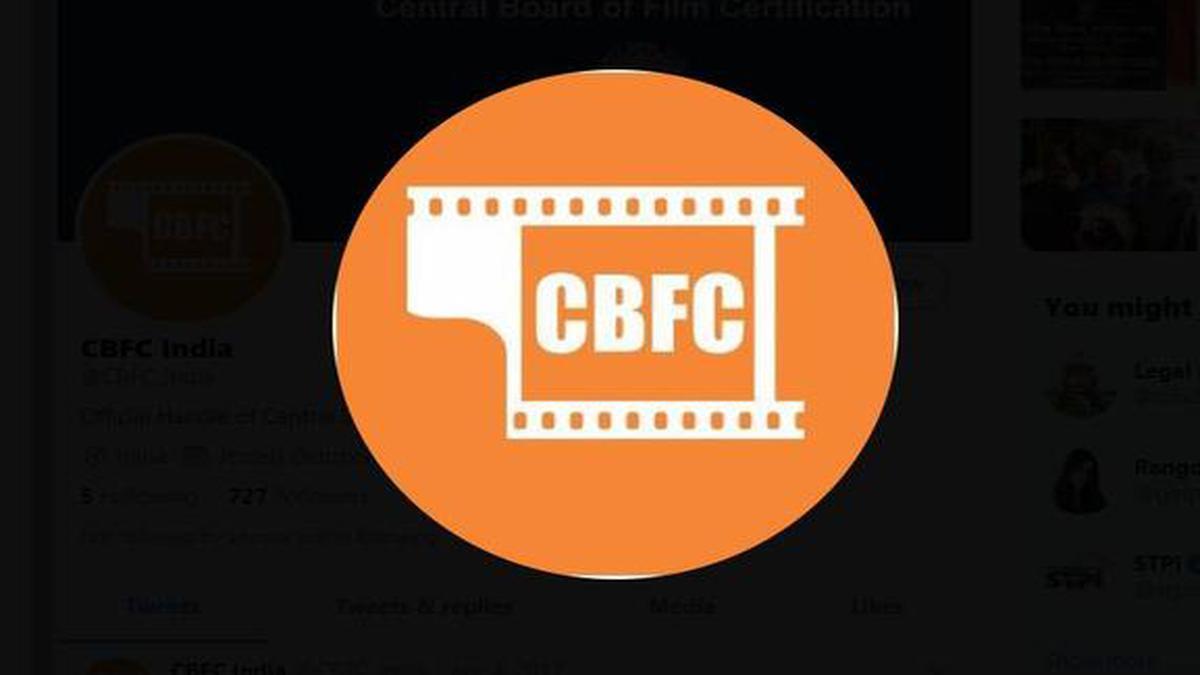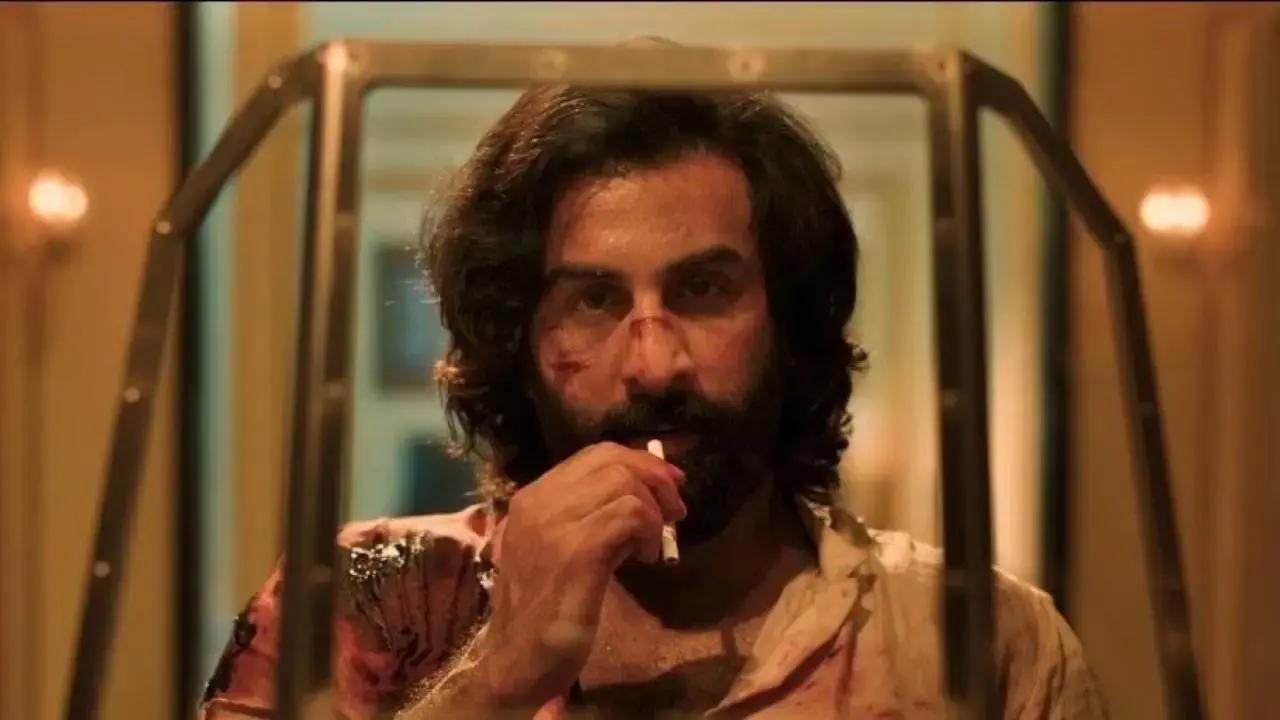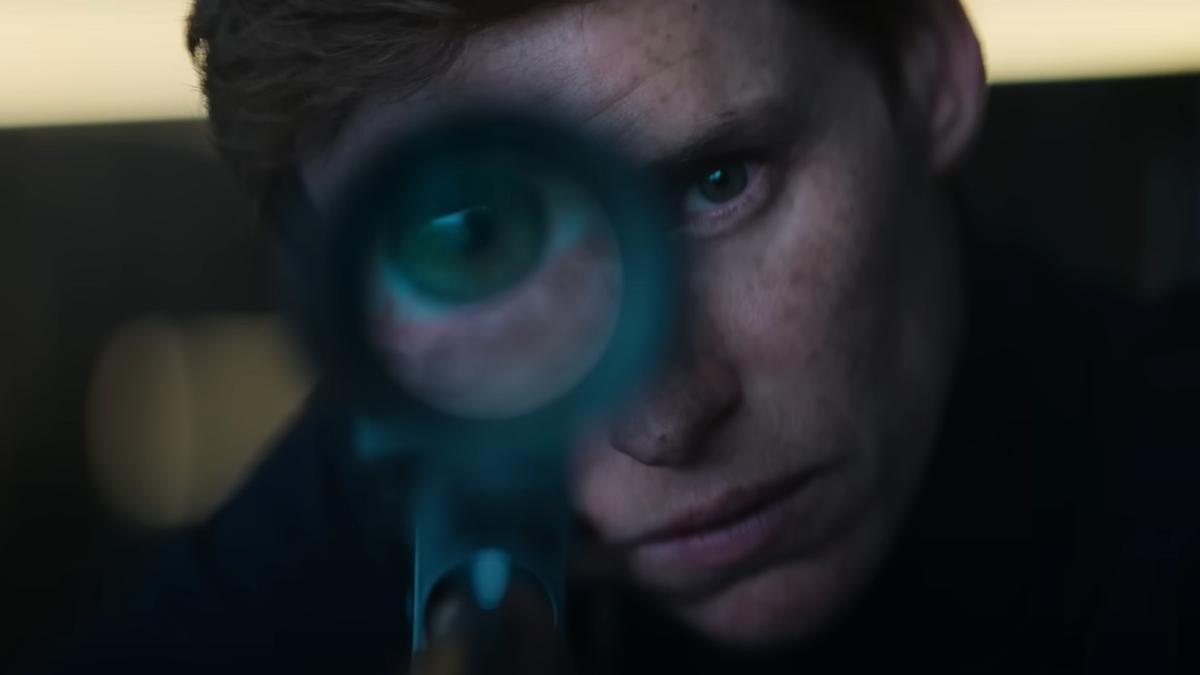
This year began with contention in the Indian film industry as filmmakers resisted guidelines drafted by the Ministry of Information and Broadcasting aimed at enhancing accessibility in cinemas for individuals with visual and hearing impairments. The Central Board of Film Certification (CBFC), acting as a mediator for producers on the issue at the request of the Ministry, compiled a reaction document from various producers’ associations, revealing their opposition to proposed accessibility measures. These measures include mirror-enabled closed captioning and specialized headphones to facilitate audio description for disabled audiences.
It was back in January when the I&B Ministry shared their draft titled “Guidelines of Accessibility Standards in the Public Exhibition of Feature Films in Cinema Theatres for Persons with Hearing and Visual Impairment.” This initiative was designed as a part of the belated implementation of the Rights of Persons with Disabilities Act, 2016. While the guidelines promised the potential of inclusive cinematic experiences for people with hearing and vision disabilities, producers expressed concerns regarding the financial implications of adoption.
A prominent voice of dissent was the Film Federation of India, which is responsible for selecting India’s entry for the Oscars each year. It expressed a particular concern about the additional cost burden on filmmakers to create alternative versions of their films to accommodate people with disabilities. The Federation pointed out that these costs could be particularly burdensome for producers operating with smaller budgets.
Similar cost-related concerns were echoed by the Telangana State Film Chamber of Commerce, the Indian Motion Picture Producers’ Association, the South Indian Film Chamber of Commerce, the Kannada Film Producers Association, and the Western India Film & TV Producers’ Association as well as some exhibitors. The proposed guidelines included the use of technologies such as “closed captioning smart glasses” and a “closed caption display below the screen.” However, the financial implications of adopting these technologies were at the core of the industry’s pushback.
One counter proposal came from PVR Inox Ltd., a major cinema chain that supported the idea of enabling cinemagoers’ smartphones to access an application that would provide audio descriptions for visually impaired patrons. They suggested that movie studios and distributors should spearhead this effort. Yet PVR rejected other proposed measures, citing prohibitive costs related to their implementation.
Advocacy groups for the disabled, however, underlined shortcomings in the proposal that still excluded some sectors of the disabled community. The Bengaluru-based Association of People with Disability recommended improvements, such as seating arrangements closer to speakers for movie watchers who are hard of hearing, alongside the need for braille signage and tactile pathways in cinemas. The Sanket Foundation, which serves deaf and hard of hearing individuals, proposed that a quarter of all movie showings should include closed captioning, noting that subtitles frequently disappear after the second week of a film’s release.
Despite the resistance from the film industry, the Delhi High Court has adopted a firm stance. In a landmark ruling in March, the court instructed the government to finalize and notify the accessibility guidelines by July 15. Justice Prathiba Singh’s decisive order underscored the mandatory nature of the accessibility features and urged a reasonable compliance window for all stakeholders, underscoring the urgency of the situation.
These guidelines could mark a significant pivot towards inclusivity for the Indian cinema industry, offering visually and hearing-impaired audiences the cinematic experience that is currently accessible to their non-disabled counterparts. While the debate around the cost and feasibility of the guidelines continues, the court’s intervention stresses a future where accessibility isn’t optional but a necessary feature of public entertainment venues.










